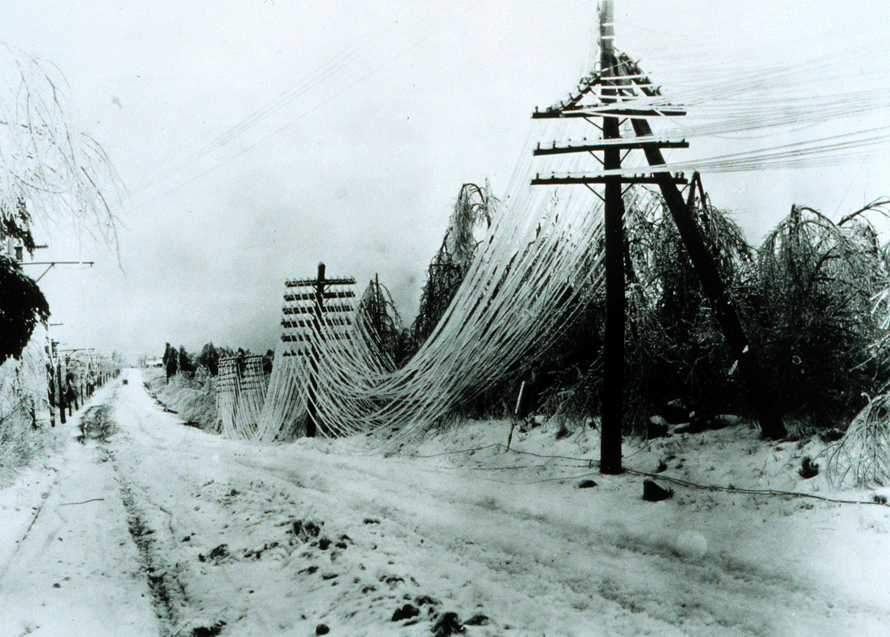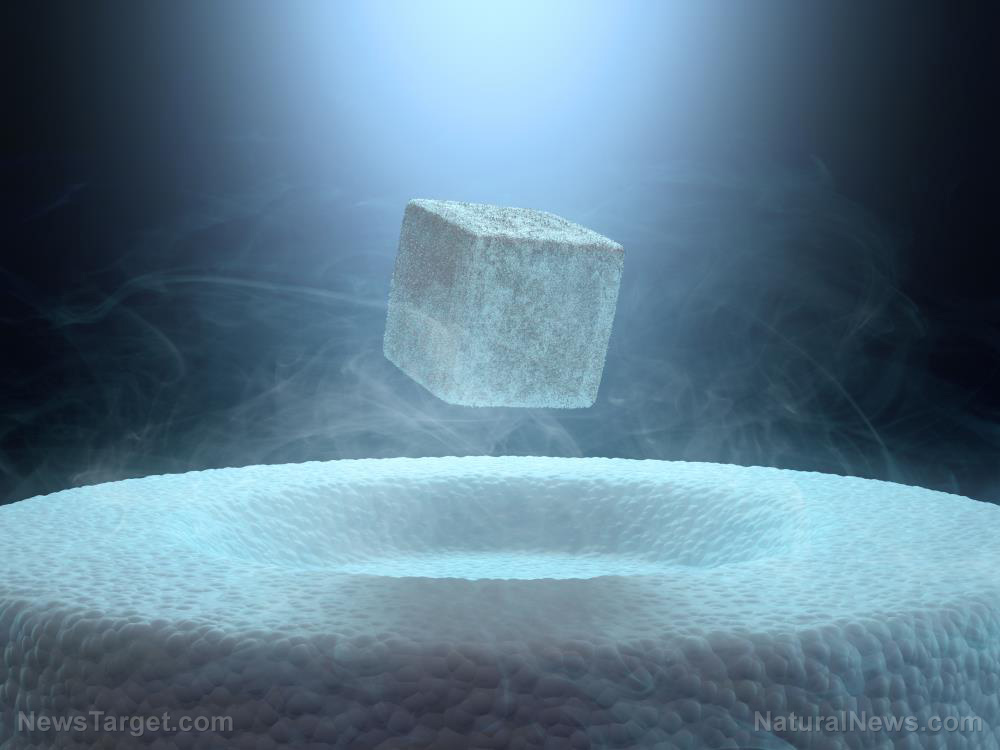Conserving water: Filter for power plants will allow them to reduce, reuse, recycle their demand for freshwater
10/31/2018 / By Frances Bloomfield

Power plants are the country’s largest consumer of freshwater, with daily use coming to 500 billion gallons a day or 50 percent of the national freshwater use. Researchers from Albuquerque’s Sandia National Laboratories are working to change that with a filter — specifically, a filter for silica.
According to ScienceDaily.com, the enormous freshwater consumption of power plants can be attributed to this naturally occurring mineral. Silica greatly limits the number of times a batch of freshwater can be reused, as silica can build up on turbines, heat exchangers, and other equipment. As a result, operating expenses pile up due to the high price of silica extraction methods.
“When you have silica buildup, heat transfer is a problem, clogging is a problem and corrosion is a problem,” said Tina M. Nenoff, Sandia National Laboratories chemist and study co-author. “So, our project focused on finding an energy- and cost-efficient material and process to remove silica from industrial water.”
That “cost-efficient material” turned out to be hydrotalcite, a layered double hydroxide with a name that refers to its high water content and resemblance to talc. Nenoff has worked with this material since the early 2000s, during which she was analyzing low-cost desalination methods. In the middle of her research, Nenoff thought that hydrotalcite could be used as an effective silica filter. From there, she undertook a two-year Laboratory Directed Research and Development project with several others.
The researchers created hydrotalcite-based filters, pellets, and powders for the express purpose of studying their ability to filter silica in cooling tower water. They discovered that hydrotalcite could remove as much as 90 percent of the accumulated silica from recycled freshwater. Moreover, this water could be reused another five or more cycles, saving power plants money and natural resources.
“Envision pellets of hydrotalcite or a powder like the kind found in a drinking water filter. The water flows through or over the material during the filtration process, and the silica from the water crystallizes and remains in the filter while cleaner water flows out,” stated Nenoff. (Related: 3 Things You Should Know Before Purchasing a Water Filter.)
To determine the efficacy and viability of their filters for large-scale operations, Nenoff and her colleagues had them tested by students from the University of New Mexico and researchers from Sandia’s Livermore, California site. As of writing, the results of the scale-up and techno-economic analyses have yet to be released.
“The measurements we do here are in beakers the size of a coffee cup, but when you’re at a facility like a power plant that uses a million gallons a day, you want to know if hydrotalcite will be effective at that level,” said co-author Patrick V. Brady.
Nenoff added: “A lot of the industry will already have a silica removal process that works, but it may not work well. As a result of this project, we’ll be able to give them an estimated cost and energy savings, and even a projected lifetime savings that hydrotalcite could provide over their current method. That sort of modeling and analysis provides more incentive to take the risk of implementing a new method.”
Though the filter may not be available just yet, it presents a viable option for power plants to significantly cut back on costs. Moreover, the water being used for power plants could one day be utilized in other applications. Like Brady himself said: “We have a limited amount of water in this country to use for everything from drinking water to raising livestock, and global population and demand is growing. If you can recycle the water being used at power plants, it frees up a lot more water for domestic and personal use.”
Visit Environ.news for more stories on fresh water conservation.
Sources include:
Tagged Under: clean water, energy, fresh water, fresh water conservation, new technologies, power grid, power plants, Sandia National Laboratories, silica filters, water consumption, water filters



















